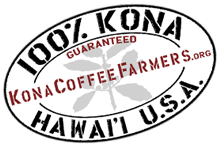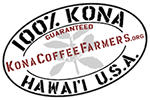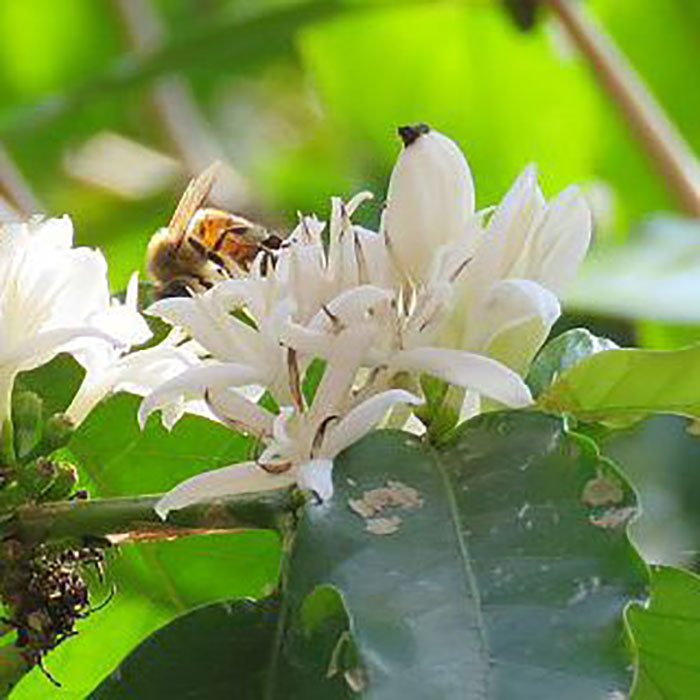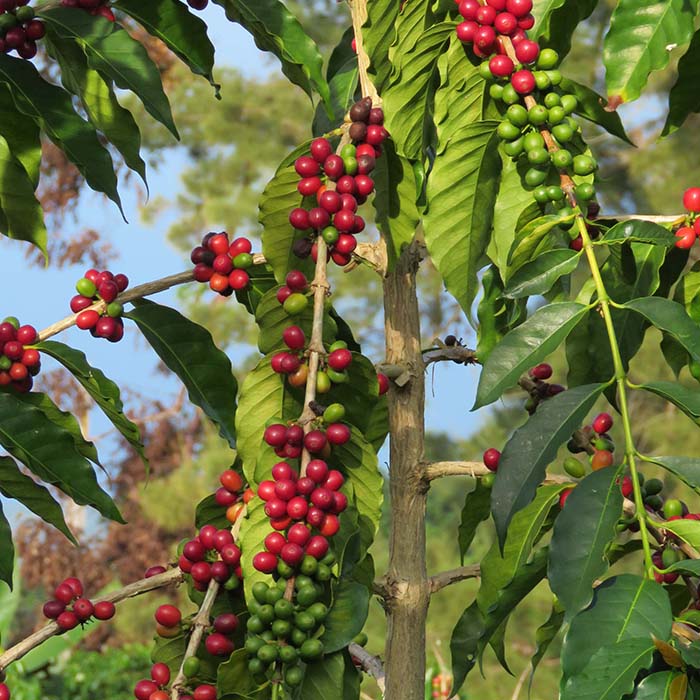As Unique As the Island Where It's Grown
Hawaii’s coffee industry, a $44 million slice of the economy, started with 30 arabica plants brought from Brazil in 1825 by Oahu’s governor, Chief Boki. While originally planted in the Manoa Valley of Oahu, Hawaiian farmers quickly discovered that the plants thrived on the western slopes of the Big Island. The highly organic volcanic soil, sunny mornings and cloudy afternoons are made to order for the arabica plant.
By the mid-1800s, coffee had become a popular beverage in the islands especially with the whaling ships that provisioned there. In 1850, the first exports were shipped to California where Kona-grown coffee became a staple of the Gold Rush.
Farmed and Harvested by Hand
Kona coffee remains a family pursuit. The entire crop is produced by 600 farmers, whose farms average between 1 and 5 acres. Coffee grown anywhere else in the Hawaiian Islands – even elsewhere on the Big Island – cannot be called Kona coffee.
Processing the Perfect Bean
At the mill, the beans are fermented in water for 12 to 24 hours to remove the sugary pulp. They are then rinsed with pure volcanic aquifer water, some of the purest water in the world, and dried until they reach the “parchment” stage (roughly 11.5% to 12.5% moisture). The rinsed beans are evenly spread across a hoshidana (an above-ground drying platform) so that Kona’s warm sun and gentle breezes will dry them to the correct moisture level.
Some processors use forced hot air to accelerate drying, a process called kiln drying. However, purists claim the sun dried beans maintain more of the delicate mellow flavor associated with Kona’s coffee.
Most dried coffee is stored in this parchment stage of processing. Along with its protective outer skin, it is kept in either Grain Pro bags (a high quality moisture barrier bag) or in a climate controlled storage room to prevent loss of quality from excessive moisture.
When farmers need green beans for roasting, the parchment is taken to a dry miller to have the outer skin removed. The result is green coffee.
Grading the Bean
Further grading depends on size, moisture content, and purity. These are the official grades of Kona coffees, with the top grade at the top of the list:
Type I Kona coffee:
- Kona Extra Fancy
- Kona Fancy
- Kona Number 1
- Kona Select
- Kona Prime
Type II Kona coffee:
- Peaberry Number 1
- Peaberry Prime
Farmers often sell an “Estate Grade” which is not an official grade but consists of Kona Extra Fancy, Kona Fancy, Kona Number 1, Kona Select and Kona Prime as it naturally occurs on their farm and is graded out as Kona Prime.
Why Kona Coffee Labels Matter
Here are some phrases to watch for:
Kona Blend – Per Hawaiian regulations, blends are required to contain only 10% authentic Kona coffee. The remaining 90% can be literally anything else. If you’re looking for real Kona coffee this is a label to avoid!!!
Kona Extra Fancy – The top grade of the Type I Kona coffee bean and likely to be a definitive example of famous Kona coffee. It is the largest size of the Type I Kona coffee bean which measures out at 19/64th of an inch.
Kona Peaberry Number 1 – The top grade of the Type II Kona coffee bean and is about 5% of the entire crop. Enthusiasts claim it has more flavor than other beans.
Kona Estate or Estate Grade – Farmers often sell an “Estate Grade” which is not an official grade but consists of Kona Extra Fancy, Kona Fancy, Kona Number 1, Kona Select and Kona Prime as it naturally occurs on their farm and is graded out as Kona Prime.
100% Kona Coffee – This language ensures that the coffee in the package is 100% Kona grown and contains no filler from elsewhere in the world.
Rich Tradition Produces Rich Coffee
Kona coffee growers take intense pride in their product and invite you to enjoy the fruit of their labors. Stop by and share a cup of their coffee. You’ll learn why 100% Kona coffee is celebrated by experts and casual coffee enthusiasts worldwide.







